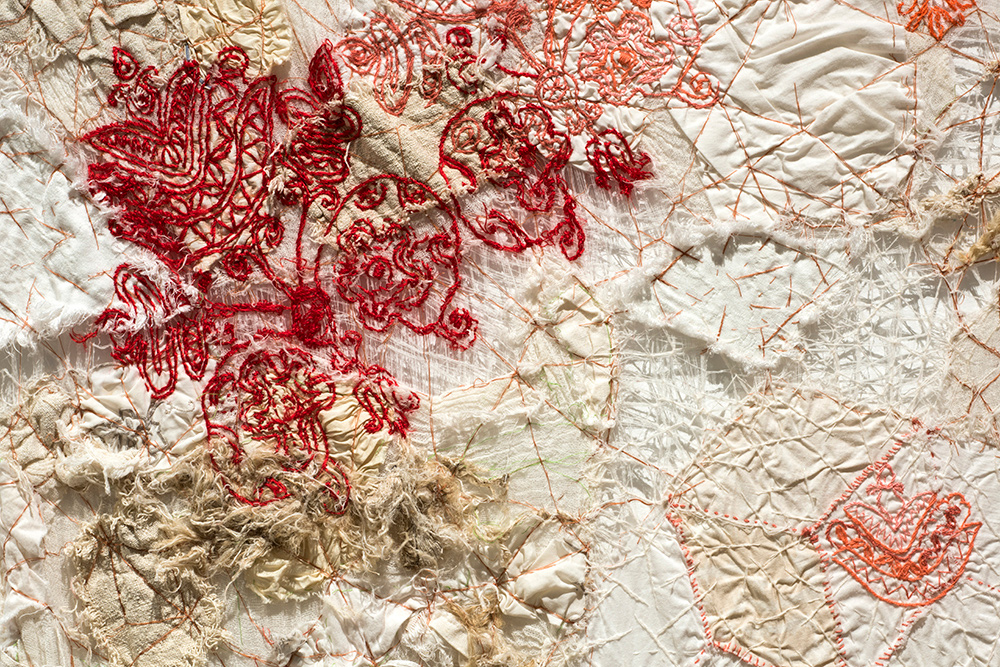
The Aging/Disability Nexus project was inspired and supported by Bodies in Translation: Activist Art, Technology, and Access to Life.
The concept for The Aging/Disability Nexus emerged from our recognition of a surprising gap in critical scholarship, that is, scholarship specifically exploring the intersections of disability studies and aging studies. Surprising, we think, because there is significant conceptual overlap between the two fields. For example, both disability studies and aging studies grapple with “temporary able-bodiedness” (TAB), acknowledging that most people will experience disability at some point in their lives. And yet, each field also interprets the meaning and significance of TAB in unique ways. Growing old into disability becomes a significant point of contact with respect to the aging process and where disability represents itself.
An overall goal of the Symposium was to serve as a “knowledge hub” about aging and disability. Our hub aimed to facilitate the use of knowledge in decision-making and action.
This video documents the Aging/Disability Nexus symposium, which took place at Ryerson University’s School of Disability Studies on February 16–17, 2017. The symposium set the stage for the international book, The Aging-Disability Nexus, an anthology of interdisciplinary perspectives edited by BIT collaborators Katie Aubrecht and Christine Kelly, along with BIT co-director Carla Rice.





